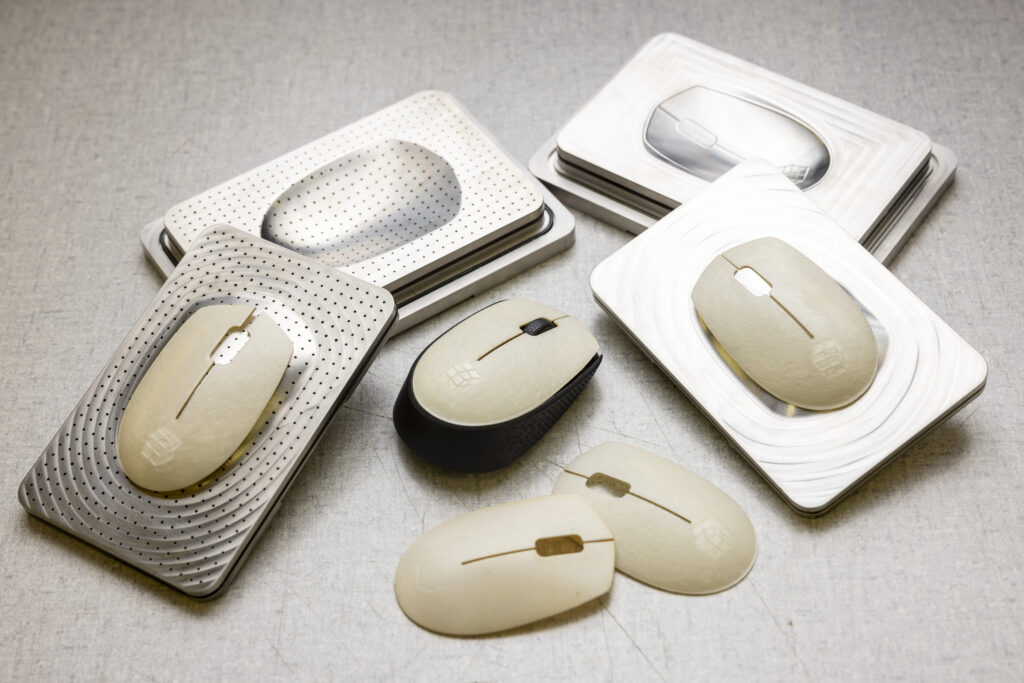

In order to achieve a circular economy, renewable raw materials are in high demand in many areas. Thomas Geiger from the Swiss Federal Laboratories for Materials Testing and Research (Empa) has been researching cellulose fibrils for years. He has been investigating the question of whether and how ecologically sustainable circuit boards for the electronics industry can be made from cellulose fibres. Meanwhile, his research is part of a multinational EU project called “Hypelignum”, which aims to develop biodegradable electronics. Cellulose fibrils are fine fibres that can be made from wood or agricultural waste, for example. According to Empa, the fibres “hold great potential for sustainable production and decarbonisation of industry: they grow CO2-neutral in nature, burn without residues and are even compostable. They can be used for many purposes, for example as fibre reinforcement in technical rubber goods such as pump membranes”.
Since circuit boards are currently mostly made of glass fibres soaked in expoxy resin, they are anything but ecologically harmless. The composite material is not recyclable and so far can only be disposed of properly in special pyrolysis plants. Circuit boards made of cellulose fibres could reduce the ecological footprint of computers. However, the requirements that industrially produced circuit boards have to meet are not easy to fulfil: The circuit boards must have high mechanical strength, must not swell when exposed to moisture and must not form cracks when exposed to low humidity.
Together with a colleague, Geiger has now succeeded in producing experimental circuit boards from cellulose fibres, subjecting them to various mechanical tests and finally fitting them with electronic components. The experiment was successful: after a few weeks in the wild, the cellulose board released the soldered components. As a trial, Geiger also made housing parts for computer mice from cellulose fibres. “Cellulose fibres,” says Geiger, “can be a very good alternative to glass fibre composites. We dehydrate the material in a special press with 150 tonnes of pressure. Then the cellulose fibres stick together by themselves without any other additives. We call this ‘hornification'” The EU project Hypelignum will not only investigate printed circuit boards made from renewable and compostable raw materials, but also develop conductive inks for the electrical connections between the components.
More on ndion
Discover more articles on the topic of innovation and sustainability.
Share this page on social media:

